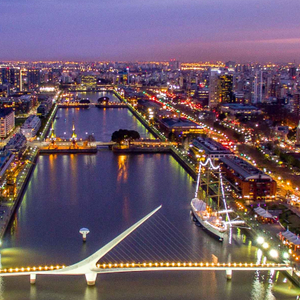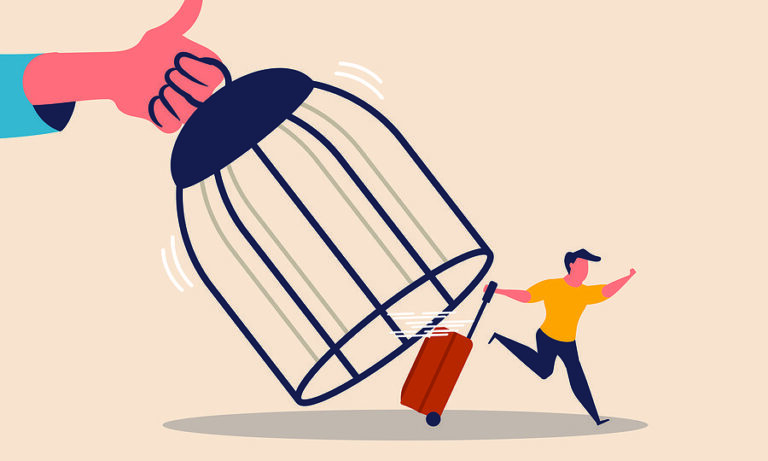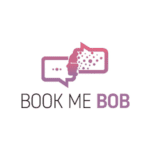COVID-19 has disrupted the global hotel sector like nothing else in history. Based on research undertaken in April 2020, 77 percent of hotels removed at least half their inventory from the market, while 85 percent reduced their forecasts by 50 percent or more for the next 90 days. Many hotels also closed temporarily.

Over the last few months hoteliers have faced high levels of uncertainty, financial hardship and operational challenges. Even as hotels prepare to bring back furloughed employees and reopen their doors to guests, a unique set of obstacles and opportunities are present. Recovery pace will vary by destination and property types within the same destination. It will not be a linear recovery, and there may be setbacks, such as the second wave of coronavirus cases we’ve seen in cities like Melbourne and Tokyo.
Having said that, the hospitality industry is resilient and has survived many major disruptions before such as SARS and the global financial crisis. Although the recovery timeline remains highly uncertain, the market will improve and hoteliers should start preparing for better operating conditions and increased demand now.
Factors that will influence market recovery
There are many factors that will influence the pace of market recovery. The containment of COVID-19 will be the key factor for local authorities in setting regulations and any lockdown measures in your city. In some cases, these regulations will directly restrict when your hotel is allowed to open, and at what capacity. Beyond local travel restrictions, domestic and international travel policies will be a key factor in driving local hotel market recovery.
Countries will likely look for partnerships to establish ‘travel bubbles’ or ‘green lanes’ between destinations where COVID-19 has been contained in the first phase of any international border openings. Government officials, business-essential travel and patients who seek medical assistance will be the first group of international travellers, before leisure travel resumes. For example, Singapore has established a fast lane for essential travel with six cities in China from June 2020. But these travel policies are highly agile and are subject to change quickly.
Apart from government policies, restoring customer confidence is crucial to hospitality industry recovery. Various sentiment surveys show travellers are eager to book and travel in the next six to 12 months. However, health and safety are top priorities in their minds. As hotel operators, you should reassure your guests by communicating your health and safety measures via marketing messages and pre-arrival emails.
Indicators from a recovering market
Although no market is the same, it is helpful to observe demand trends from the country first impacted by COVID-19—and whose recovery is the most advanced. Many industry figures had predicted the recovery in travel demand will be U-shaped or V-shaped (like the SARS outbreak in 2003); however, early indications show that the recovery curve in destinations like mainland China looks more like the Nike Swoosh.
China’s hotel industry experienced COVID-19 in four key stages:
- January – A dramatic, sudden fall in occupancy due to the COVID-19 outbreak.
- March – Early signs of recovery appear as the virus is contained and government lockdown measures ease.
- May – A normal day-of-week pattern emerges and holiday spikes occur as the country opens domestic travel restrictions.
- June – Occupancy and average daily rate reach eighty percent of pre-COVID performance.
This domestic-led recovery was driven by domestic leisure demand first—in particular short weekend getaways within driving distance. However, from June onward, domestic business travel started to emerge, especially in first-tier cities.
Midscale and economy hotels lead the recovery, while luxury hotels are still catching up. Additionally, since mid-July, travel agencies have resumed group tours across provinces in China, with the exception of Beijing, which will further boost market recovery.
Create an agile, scenario-based recovery plan
As the industry adjusts to uncertain and evolving market conditions, hotels should develop and adjust agile, scenario-based recovery plans. These recovery plans should include four key areas of focus: capture available demand, adjust pricing strategies, review forecasts and budgets, and analyse the competitive landscape.
Capture available demand: Market demand will be compressed for a long period of time. Hotels should analyse the type of demand still available in their local market and seek to understand what guests need. For some hotels, it could be returning residents under quarantine orders. For others, it could be staycation couples or family trips in the city. No matter what type of demand it is, hotels should create relevant offers and services to meet the customer’s needs. To gain a better understanding of demand and what types of guests are travelling, hotels should also leverage market and rate-shopping reports to monitor market movements, as well as their own hotel’s pick-up data.
Adjust pricing strategies: Today, travellers increasingly desire authentic experiences. As a result, hotels should create personalised promotions and packages to provide guests a tailored and memorable hotel stay. A hotel’s pricing strategy could remain neutral, until a clear day of week pattern shows—but revenue managers should have visibility into hotel demand and rates over the next 12 months at least.
Review forecasts and budgets: Forecasting with any degree of certainty is problematic while COVID-19 is present in the region. However, revenue management professionals should build out a range of forecasts based on all credible external and internal market intelligence that can be gathered, such as government announcements, travel policies and market reports. Revenue managers should build their forecasts based on several scenarios (optimistic, most likely, and pessimistic) and review the actual demand versus forecasted results regularly to adjust long term pricing strategies. Remember, hotel operational teams also rely on these forecasts to schedule staffing, which is critical in managing costs.
Analyse the competitive landscape: As a hotel’s market segment and guest profile changes, its competitor set may change or expand accordingly. For example, for an upscale hotel focused on the leisure market and weekend staycations, your competitive field might be expanded to include new upmarket-business-focused hotels that have switched focus given the suppressed demand for business travel. In this case, hotels should monitor the top picks of staycation hotels in town amongst local guests and understand what they are offering to the guests. Meanwhile, the hotel should also review its cancellation and rebooking policies to offer greater flexibility and promote its own unique selling points and value propositions to local staycation guests.
When demand returns to a hotel, a clearer picture emerges of guest traits and who is likely to stay at a property. At this point, it is time for a hotel to re-evaluate their competitor set. Develop a secondary competitor set based on new market segments. By closely monitoring the status of a hotel’s primary and secondary competitor sets, it will provide a sense of market supply growth when evaluating the available hotels listed across major online travel agencies. Hotels should also re-evaluate their positioning among their new competitor set, establishing if they are in a ‘leading’ or ‘follower’ position, and reinvent their property’s unique selling proposition, targeting the new market segments.
Plan for a post-COVID-19 world
As hard as it is to think beyond the short-term in the current market, hotels need to start planning for a world post COVID-19. While the uncertain outlook can make travellers more likely to book at the last-minute when they know their travel plans are less likely to be interrupted by lockdown measures, hotels should not miss out on longer-term opportunities and ensure their best available rate is visible across all channels for the next 12 to 18 months.
To help set long-term pricing strategies, revenue managers can rate-shop to gauge if their pricing is in line with their market positioning and ignore any competitors whose pricing strategies are unreasonable. Hotels should also research competitor promotions and packages and think creatively about their own value-added packages, promoting their services such as food and beverage outlets, spa, or other recreation facilities.
Hotels need to take an agile approach to changing market conditions yet continue to steadfastly plan for the long term. The overall outlook for the industry is and will remain positive. It will be those hotels that adapt and reposition based on short-term demand fluctuations but prepare for the future, that will ultimately prosper.




















